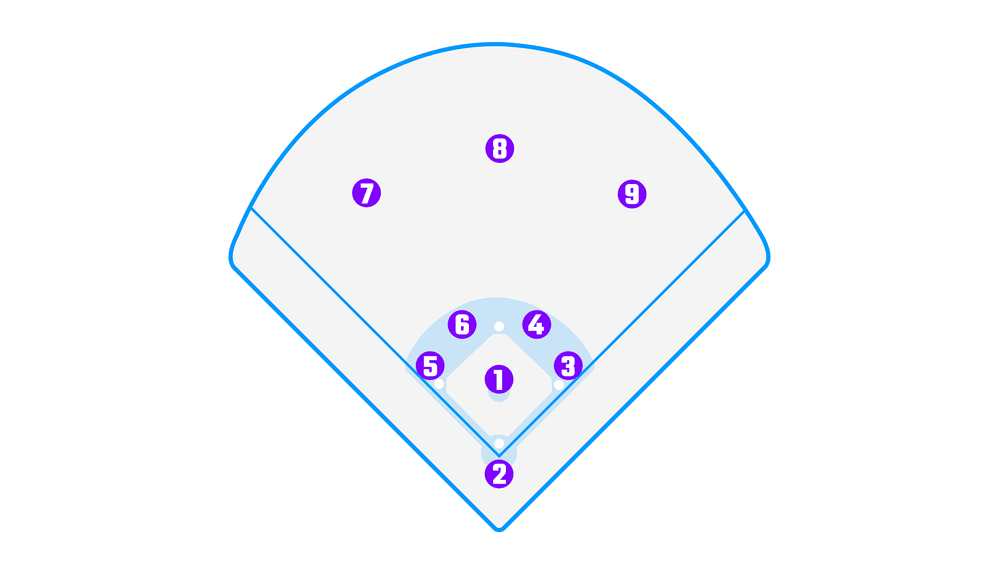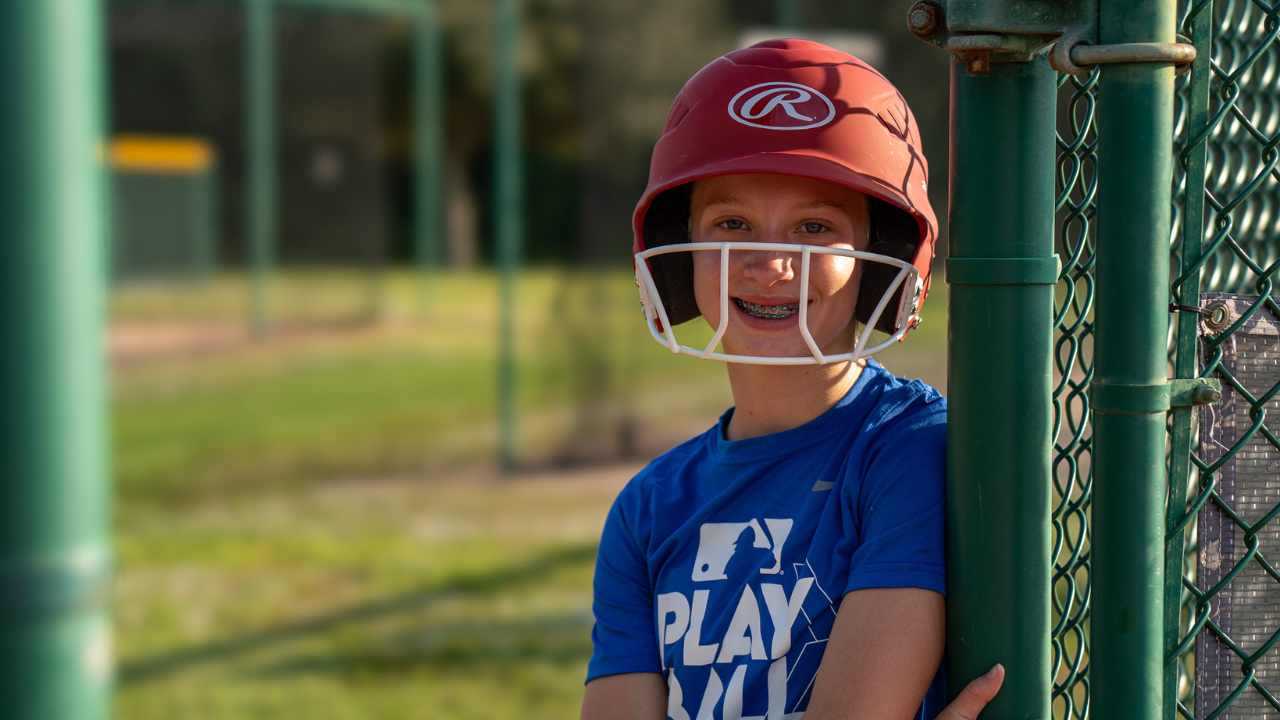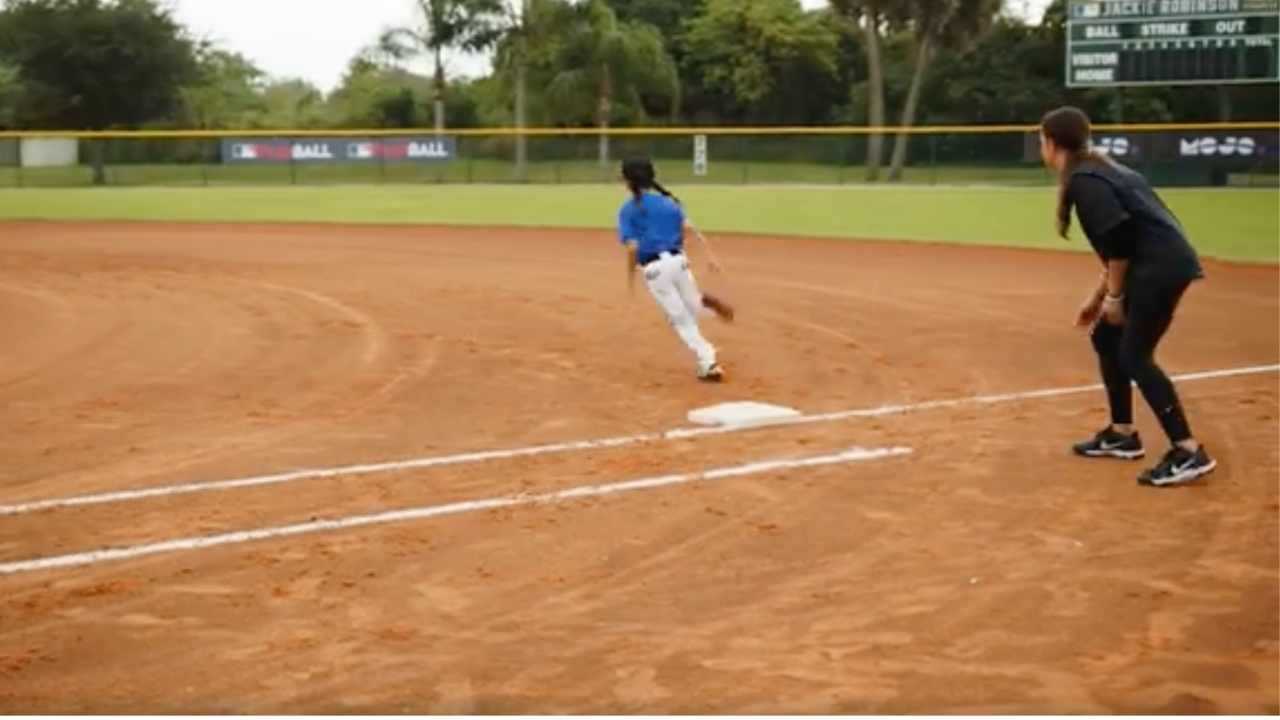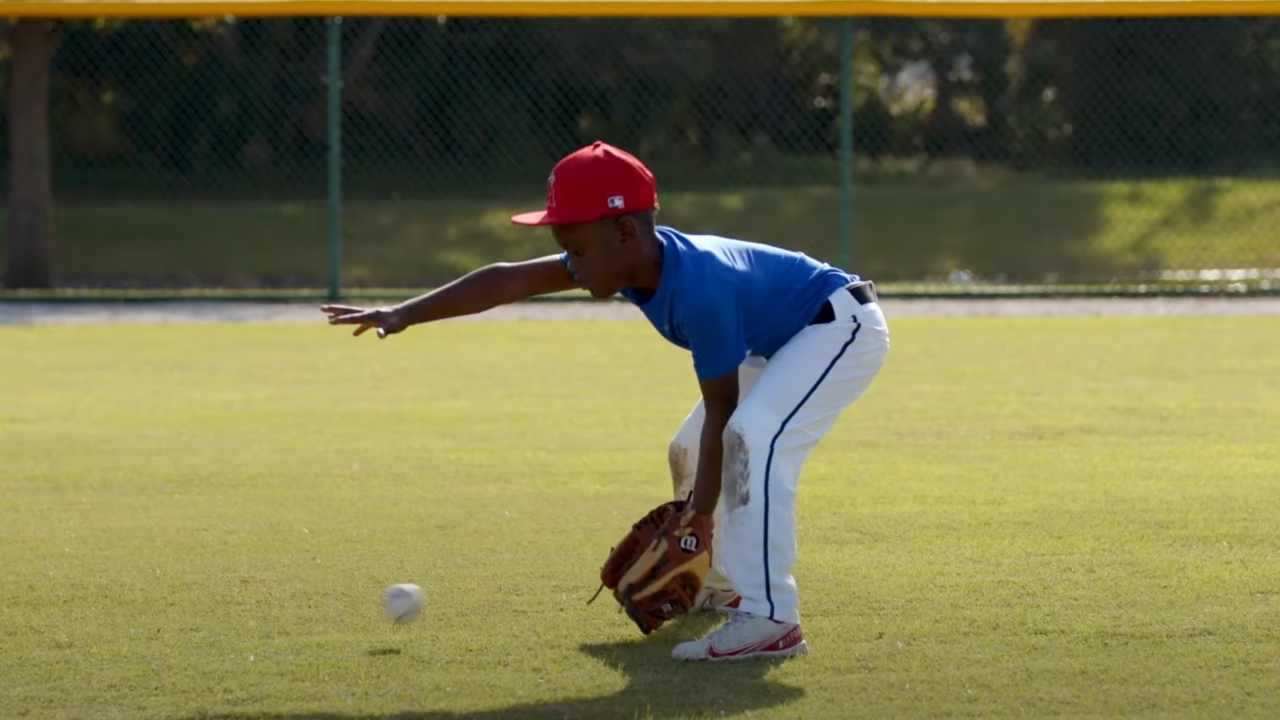Softball Positions — Explained
Who's on first?
Iva-Marie Palmer
| 5 min read
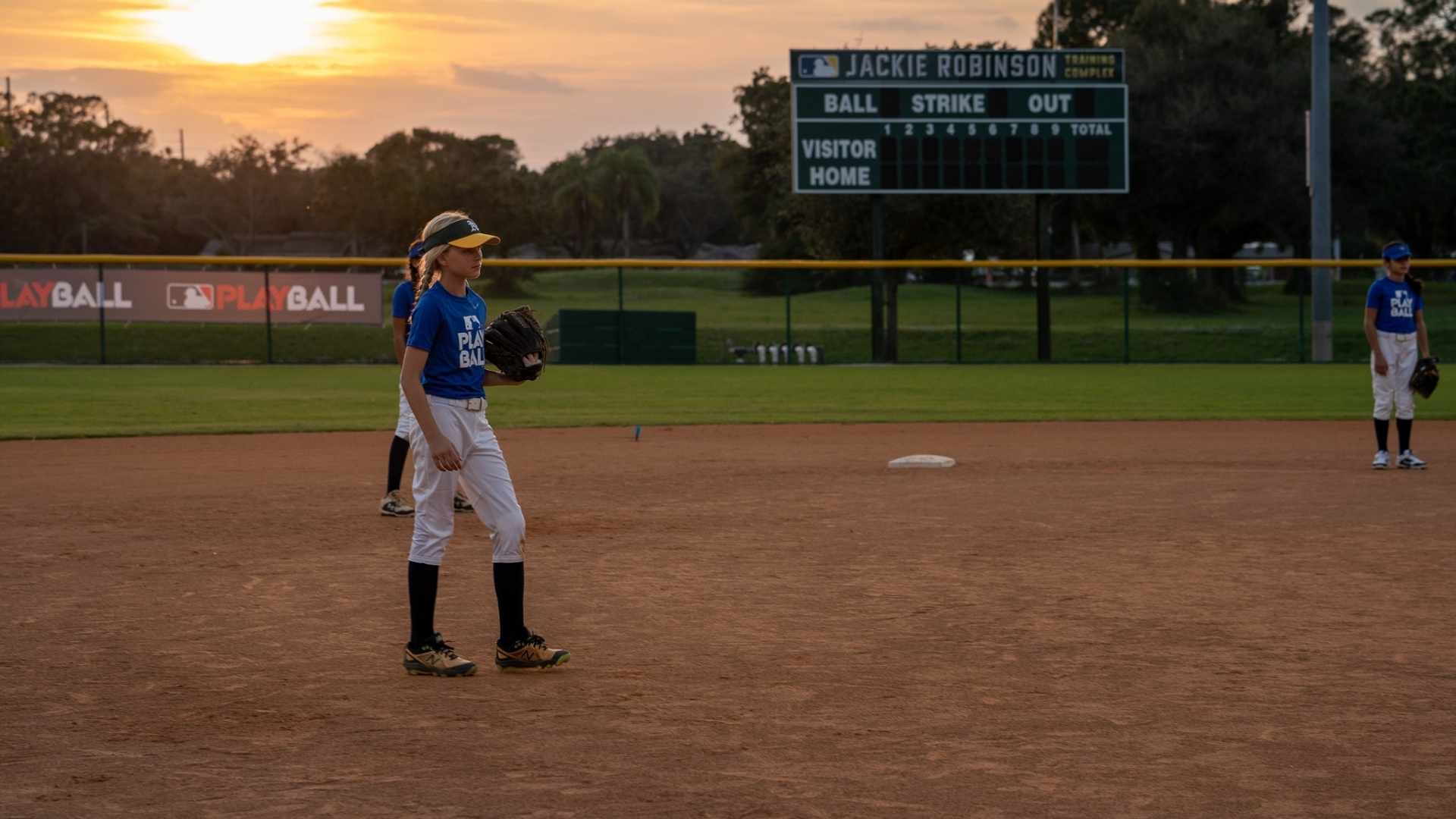
Teaching young softball players the game is as much about giving them game-time opportunities to learn as it is about the lessons you impart in practice.
When deciding who plays what position, coaches should definitely consider factors like which player has the best arm, the most speed, and the best communication skills, but according to Shayna Kimbrough, academy programs coordinator with MLB Youth Academy in Compton, California, the best thing the coach of young softball players can do is give their teams experience across the field.
Kimbrough says that when she’s coaching — especially with the youngest players — “we typically don’t give them positions when they’re just starting out.”
Some kids are just learning softball for the first time, right down to fundamentals like catching and throwing. “What coaches want to do is put them in different spots to build their interest and teach them the game,” she says.
The benefits are twofold: “Practicing every position gives kids time to develop as an athlete and is better for coaches, too, because players can jump in the game and go anywhere.”
It’s also great for ensuring ample playing time for all of your team.
Still, a certain type of player may excel more at one position than another. Coach Kimbrough gave a position-by-position breakdown, including the numbers of each position on the field.
#1: Pitcher (P)
“This player has the ball every pitch, so she needs to be aggressive and love under-pressure situations,” Kimbrough says. “She also has to have the energy to be involved with every play and be really confident in her pitches.”
Players at this position also have to be coachable in terms of learning new pitches as they get older. (Also, pitcher is the one position where coaches may want to choose a handful of players who are most interested in pitching, even starting at the younger levels, as these girls will need extra help learning windup mechanics, and as they get older, pitches beyond the fastball.)
#2: Catcher (C)
The player behind the plate needs to have great communication skills — she may call out plays and needs to make sure the defense knows what to do, Kimbrough says. She also needs a strong arm to make long throws. A catcher at older levels will also throw signals for pitches based on what she observes from behind the plate.
The infield
#3: 1st base (1B)
Coaches often choose the biggest and tallest player on their team to play 1st because other players are most often throwing there, and a tall player is a bigger target. First base has to be a good blocker and catcher, Kimbrough says. “A lot of bad throws happen and being able to dig out balls correctly, make the reach, and having good flexibility are important at this position.” Sometimes you’ll see 1st base almost doing splits to get a catch, she says.
#4: 2nd base (2B)
This player has to be skilled and quick on her toes. The player at 2nd covers 1st base if the batter bunts, while the player at 1st fields the ball. They’re communicators and are ready to assist the outfield as a cutoff person for long throws. Second base turns a lot of double plays, too, so this player needs quick reflexes and a fast, accurate arm to make the throw to 1st, Coach Kimbrough says. Quick hands are also important for these plays, to take the ball out of her mitt and make the transfer.
#5: 3rd base (3B)
“This is a really aggressive player,” Kimbrough says. “They’re playing in front of the bag, really close to the batter’s box.” The player at 3rd needs quick reflexes, a strong arm and has to be quick on her feet if a batter is bunting, because they need to charge and make the throw to 1st. They’re also communicative and comfortable talking to the infield.
#6: Shortstop (SS)
“The shortstop is the most athletic person on your team as they have a lot of roles to cover on defense,” Kimbrough says. “They’re going to lead the infield with talking, calling out plays, making relay throws and covering steals.” In addition to speed, shortstops are eagle-eyed, covering all the bags as needed.
The outfield
#7: Left field (LF)
#8: Center field (CF)
#9: Right field (RF)
Players in the outfield have to be speedy, as with the shortstop, to track the ball correctly, Kimbrough says. They need good eyesight to get under pop flies, too. Players with strong arms capable of making huge throws to their cut-offs in the infield will make your best outfielder. They also need to be accurate. Of the three outfield positions the centerfielder is the one who takes control and is the best communicator. “She’s in communication with the other outfielders about who’s getting the balls hit between center and left and right field,” Kimbrough says. Center is also usually the one telling the outfield when to shift in the field or go deeper based on the opposing batter.

